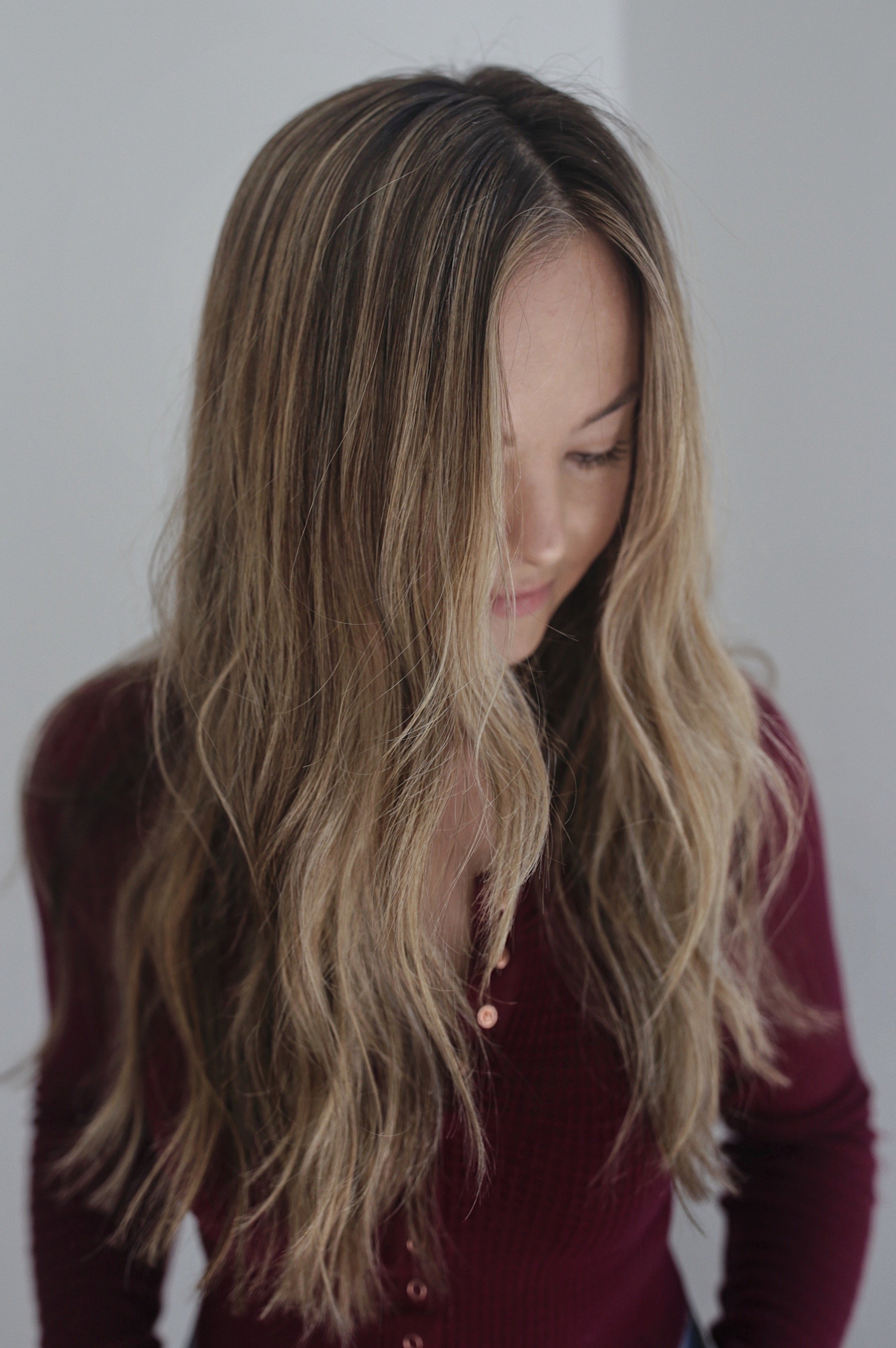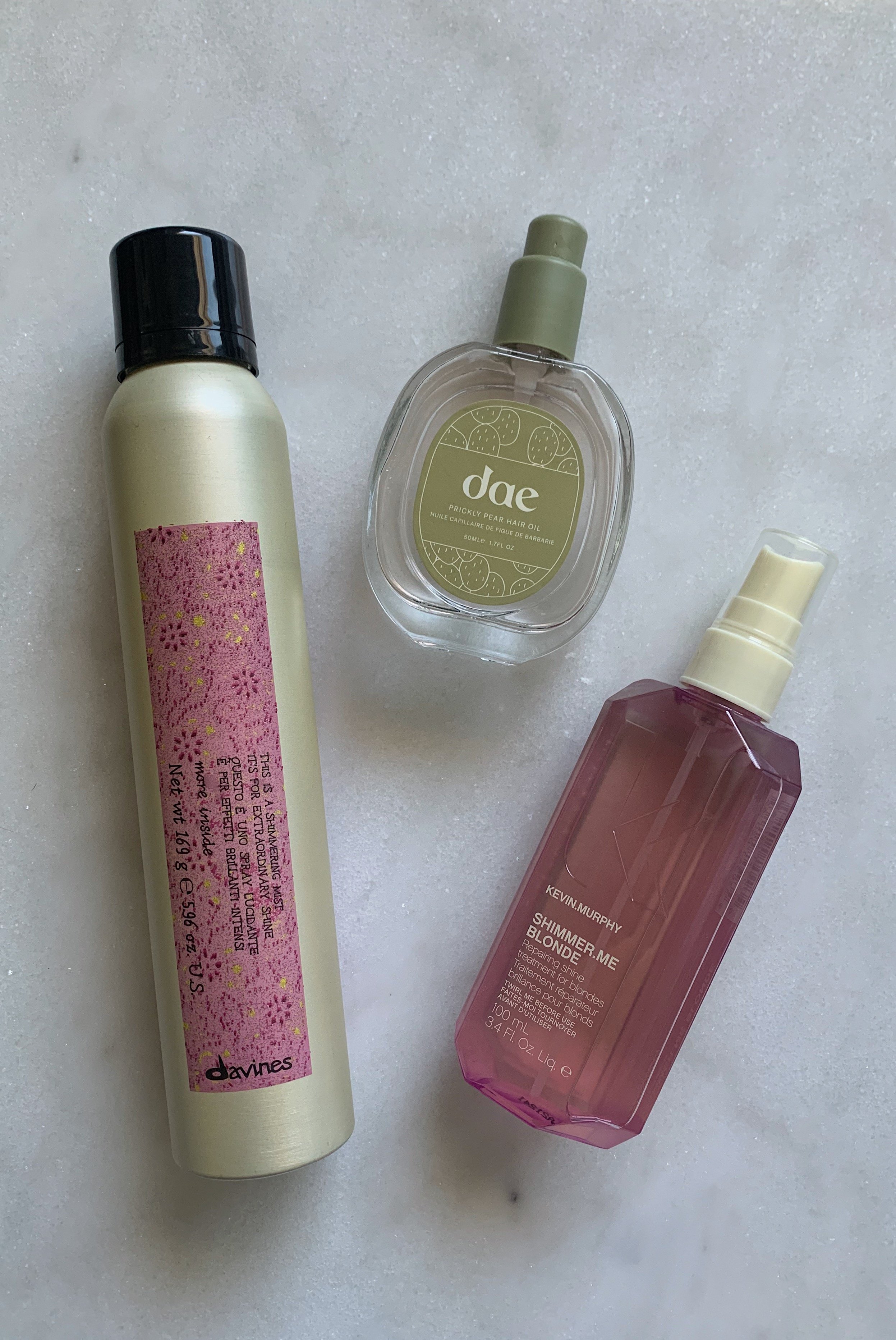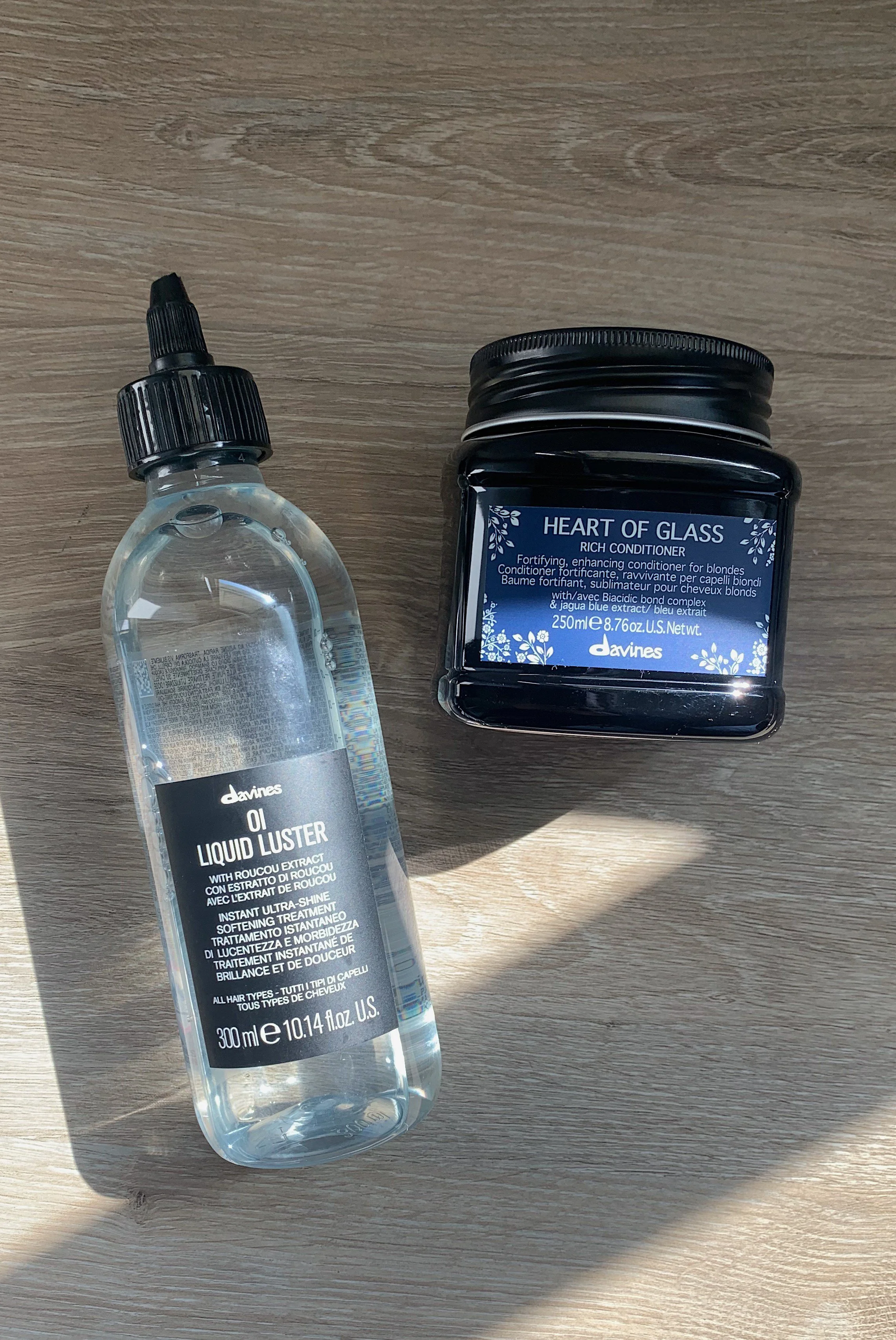How to Keep Hair Color from Fading
Hair is one of the topics I get asked most about, and it’s also the most-viewed category on my website. Low-maintenance is my mantra when it comes to all things beauty, especially knowing how the time (and money) spent at a hair salon can add up. I get my hair touched up around every ten weeks or so (view exactly what I ask my hairdresser for here), but can stretch it to 12-16 weeks because I’ve learned how to maintain my hair in between appointments. Keep reading for all of the tips and tricks I use to keep my hair color from fading in between salon visits.
how to keep hair color from fading
ask for lived-in color
It’s no secret that the best way to keep up with your hair is to make sure you’re being realistic about what you can keep up with. I’ve had everything from pink to blue and teal hair in the past, but it ultimately didn’t work because I was not willing or able to keep up with the necessary salon time and touch ups. I also needed to be realistic about my haircare routine, and washing your hair daily (because I workout daily) isn’t ideal for neon hair. The main trick to getting your hair color to last longer is to communicate with your hair stylist. Let them know how often you ideally want to come in, and they’ll strategically place the color for the most natural grow-out. Lived-in color is much easier to maintain than a harsh root line, so I always prioritize that when I’m getting my hair done.
use quality products
Not every product needs to be salon-priced, but take the time to figure out what products work best for your hair. I use shampoo that is specifically marketed for color treated or damaged hair, a hydrating conditioner, and treat with a hair oil that penetrates the follicle to add hydration rather than just surface-level shine. You can view a full breakdown of my favorite hair products here.
don’t over-tone your hair
I’ve definitely been guilty of over-toning my hair, so learn from my mistakes. You only need to do this every 5 washes or so. If you also have trouble with toner over-correcting your hair, use a toning conditioner instead of shampoo as it can be a little more subtle. My favorite purple toner is the Heart of Glass Rich Conditioner by Davines, as it cancels out yellow tones, but DP Hue also has a great blue conditioner that cancels out orange tones, is gentle, and won’t stain your scalp or leave you with a blue tint. I also recommend toning conditioners over shampoos because they’re more hydrating, less harsh, and work just as well as toning shampoos.
wash your hair less
I hear this all the time from my stylist, so I want to share it with you, although this is one tip I just can’t follow. I mentally need to wash my hair daily, so I do, but if you can go a few days between washes, it keeps your scalp healthy because the natural oils can do their thing; you won’t end up with excess build-up or a dry scalp. Be careful to not over-do the dry shampoo though, which can dull-out your roots, even if the product itself is clear.
use a quality hair mask
One of the major causes of dull color is dried out hair. Keep your hair healthy and add vibrancy and shine by using a mask weekly. I love this one by Ouai because you can buy it at Target or Ulta, but this mask was my go-to for years; it’s less than $15 and lasts a long time. It’s good to use a mask at least twice a month, especially if you’ve been out in the sun or used hot tools frequently. Every other week or so, I’ll remember to apply it about a half hour before I shower so it has extra time to soak in. If I’m short on time and can’t sit around, I’ll apply a leave-in conditioner during the day, throw my hair in a bun, and wash it out that evening.
use heat protectant
It wasn’t until I switched to a newer curling iron that I realized how important heat protectant is. Hot tools get so hot nowadays that they really can fry and damage your hair. A major warning sign to take note of is if your hair smells different after you curl it. Mine did, so I started using this heat protectant and it really does keep your hair from getting excessively damaged, especially if you curl or straighten your hair multiple times a week.





